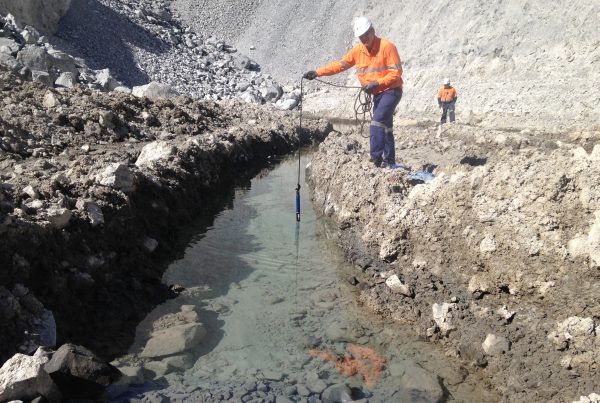LIABILITIES OR OPPORTUNITIES?
Pit lakes can represent significant liabilities at mine closure. However, depending upon certain characteristics of which water quality is key, pit lakes often also present opportunities to provide significant regional benefit and address residual closure risks of both their own and overall project closure and even offset the environmental costs of mining by creating new end uses. Unfortunately, many pit lakes have continued to be abandoned without repurposing for an end use.
In this publication we reviewed published pit lake repurposing case studies of abandoned mine pit lakes. We found that beneficial end use type and outcome varied depending upon climate and commodity, but equally important were social and political dynamics that manifest as mining company commitments or regulatory requirements.
WHAT END USE OPPORTUNITIES ARE AVAILABLE?
Many end uses have been realized around the world: passive and active recreation, nature conservation, fishery and aquaculture, drinking and industrial water storage, greenhouse carbon fixation, flood protection and waterway remediation, disposal of mine and other waste, mine water treatment and containment, and education and research. These opportunities are widely dependent on water quality, slope stability, and safety issues. Common attributes and reasons that led to successful repurposing of abandoned pit lakes as beneficial end uses are discussed in our paper and recommendations are given for all stages of mine closure planning to prevent pit lake abandonment and to achieve successful pit lake closure with beneficial end uses.
More information on pit lake management can be found in our Open Source review article entitled “Realizing Beneficial End Uses from Abandoned Pit Lakes” as a Feature Paper in Vol. 10, Issue 2 of Minerals journal. Read here
MLC offers pit lake repurposement planning services for all scientific and social aspects of closure planning.




